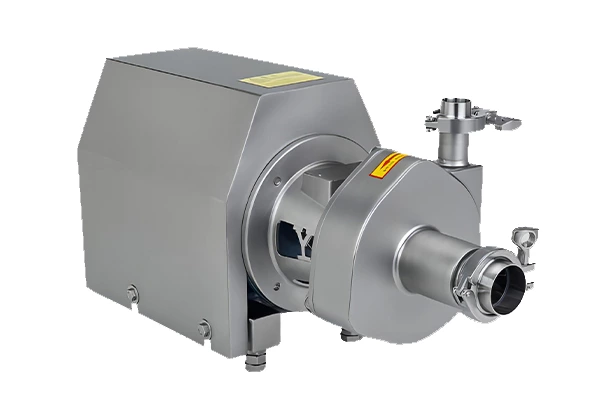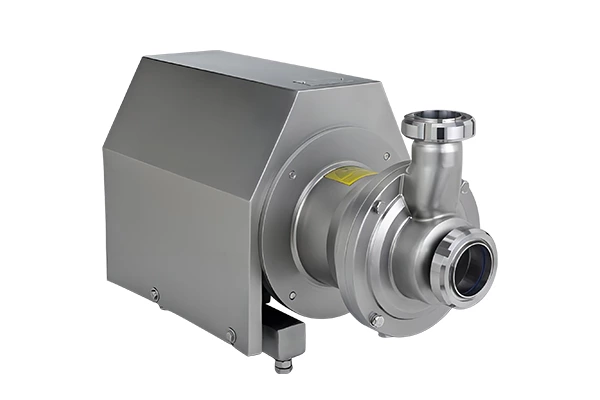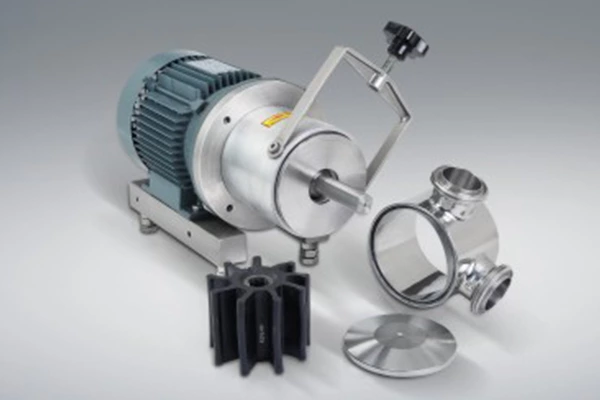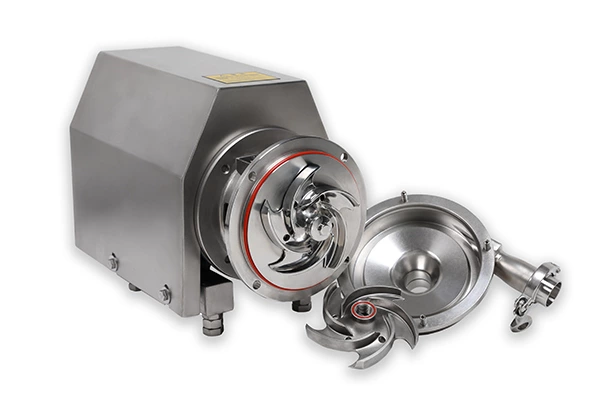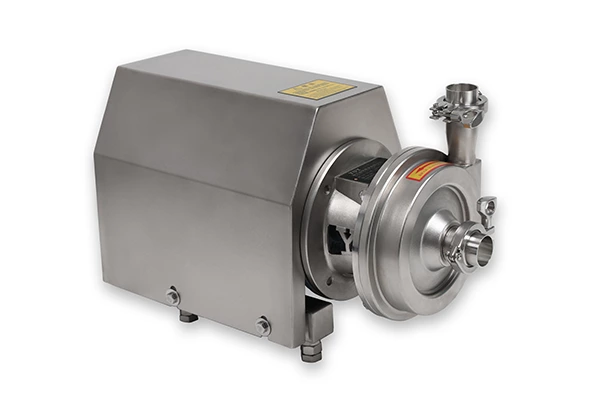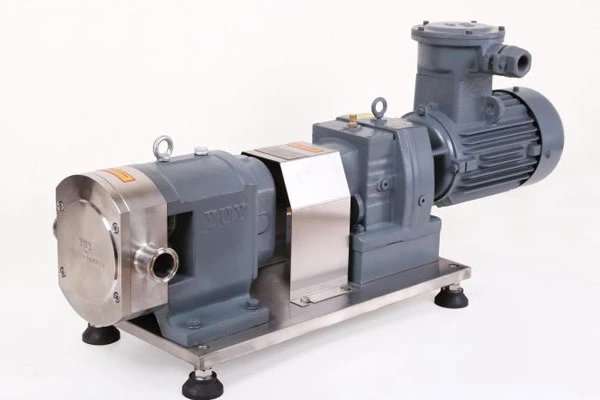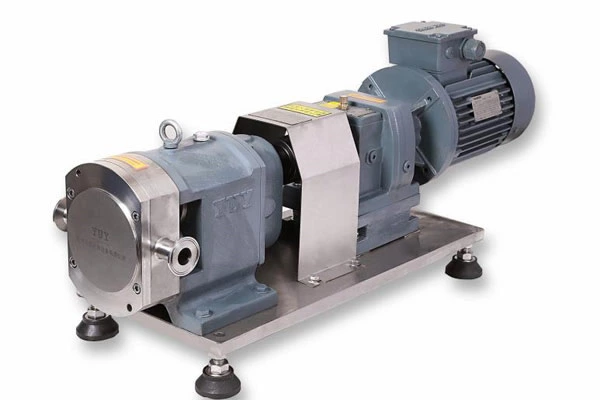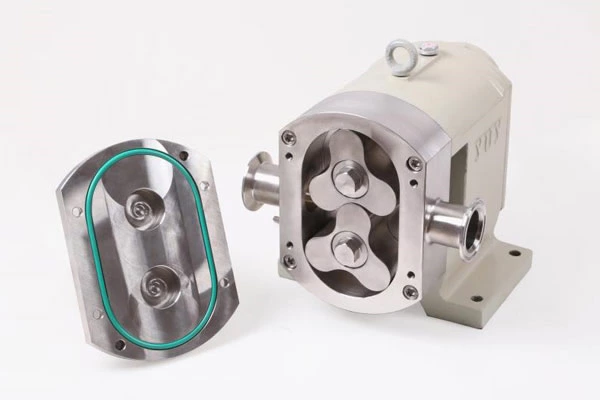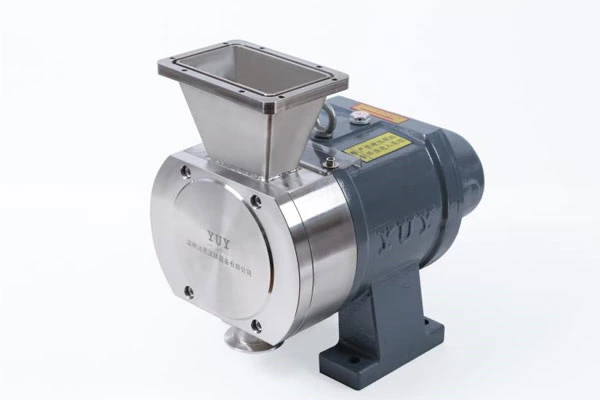Detailed Installation And Use Instructions For Sanitary Negative Pressure Pumps
Sanitary Negative Pressure Pump installation is actually quite simple. The most important thing is to be careful and install it slowly according to the instructions. Among them, the diameter of the suction pipe shall not be less than the diameter of the pump inlet port. For example, when conveying high-viscosity fluids, the diameter of the suction pipe should be larger than the pump inlet diameter. The suction piping at the inlet end must be durable and wrinkle-free to produce a high vacuum state. The diameter of the outlet piping must be at least equal to the outlet diameter, or slightly larger to reduce friction loss. All piping and joints must be leak-proof, otherwise the self-priming ability of the pump will be reduced.
Sanitary negative pressure pump installation: If the installation details are ignored, long-term careful planning, research and selection will still lead to poor pumping results and affect the service life of the pump.
Location: Noise, safety and other logical factors usually have requirements for the location where the equipment should be installed. Parallel installation with conflicting requirements may cause blockage in the use area and affect the installation of other pumps.
Use: First of all, the location of the pump must be convenient for use, which will facilitate daily inspection and debugging by maintenance personnel.
Air supply: Each pump should have a vent pipe, and the vent pipe should be able to provide enough air to achieve the ideal pumping flow rate. The air pressure is determined according to different pumping requirements, but it should not exceed 7BAR. (125PSI)
Installation height: Please fully consider the self-priming ability of the pump to avoid the problem of reduced self-priming.
Pipeline: The pump position can not be finally determined until every location where pipeline problems may occur has been considered.
It is best to install it at the connection of the shortest and straightest inlet and outlet pipelines. Extra bends and pipe fittings should be avoided as much as possible. The pump body should be able to independently support all pipelines. Moreover, the pipelines should be arranged in an orderly manner to avoid stress on the pump body pipeline installation.
A flexible hose can be installed to eliminate the stress caused by the natural reciprocating action of the pump. If the pump body is connected to a fixed base, the placement of a cushion between the pump body and the base will help reduce the vibration of the pump body.
If the sanitary negative pressure pump will be used to pump delicate media, it must be confirmed that all pipe joints must be sealed and leak-proof, and the self-priming head must be within the capacity of the pump.
To stop the pump in an emergency, just close the "shut-off" valve installed on the air pipe. A properly functioning valve will terminate the pump's air supply, thereby preventing output. The "shut-off" valve should be installed not far from the pump to cope with emergencies.
Sanitary negative pressure pump is a new type of conveying machinery that can convey various corrosive liquids, liquids with particles, high viscosity, volatile, flammable, and highly toxic liquids.
Sanitary negative pressure pumps are made of four materials: plastic, aluminum alloy, cast iron, and stainless steel.
Sanitary negative pressure pumps use nitrile rubber, chloroprene rubber, fluororubber, polytetrafluoroethylene, and polytetrafluoroethylene according to different liquid media. To meet the needs of different users. Placed in various special occasions, used to pump media that conventional pumps cannot pump, all have achieved satisfactory results.
